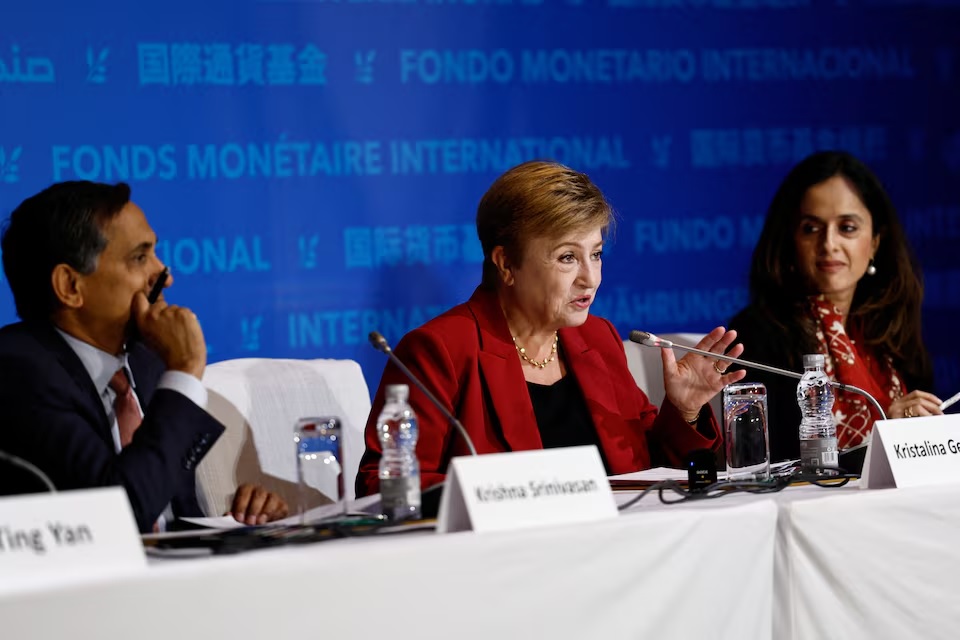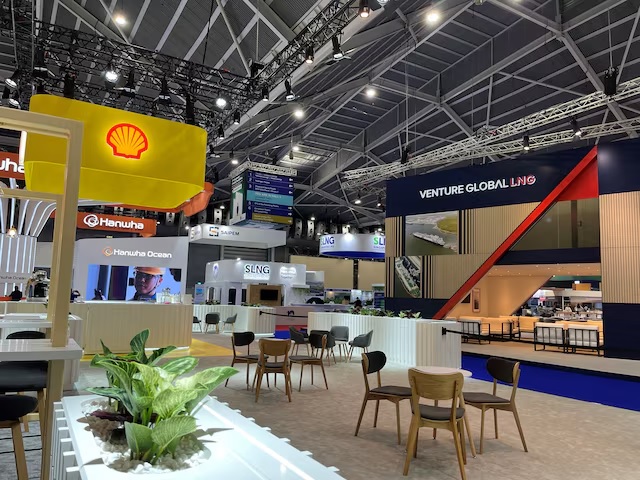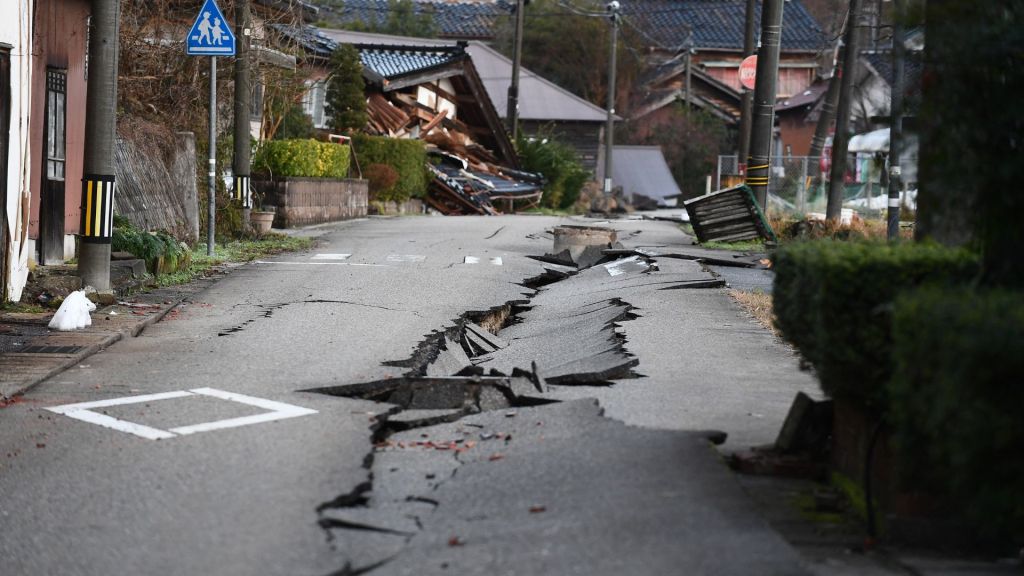Chitralekha Guha: A Passion for Acting That Never Fades

Chitralekha Guha is a well-known actress in Bangladeshi television and cinema. These days, she is mostly seen playing motherly roles in various dramas. Even now, Chitralekha continues to act in numerous productions, collaborating with directors like Mitul Khan, Rubel Hasan, Mohin Khan, Zulfikar Shishir, S.R. Nahdi, Tapu Khan, and several others. Just yesterday, she filmed a yet-to-be-titled drama under the direction of Mitul Khan, alongside Niloy Alamgir and Himi.

Currently, two of Chitralekha’s serial dramas are airing on TV. One is ‘Mashrafe Junior,’ directed by Sajjad Sumon, and the other is ‘Oddbhut Poribar,’ directed by Imraul Rafat, which began airing on ATN Bangla last month.
Chitralekha shared, “I love what I do, and it is my profession. I truly enjoy acting, and that’s what makes me happy. When someone’s passion aligns with their profession, it brings immense peace within. That’s how I feel about acting—it always brings me a unique sense of fulfillment. Even now, I am blessed to be working on great stories, which is a big deal. I am extremely grateful to God. I also hold deep love and gratitude for those who continue to work with me. As long as I live, I will keep acting. I must also mention the support of my family—they support me completely, which allows me to continue acting with full comfort.”

Chitralekha Guha has featured in several notable films, including ‘Swapner Nayok,’ ‘Lalsalu,’ ‘Lalon,’ ‘Molla Barir Bou,’ ‘Common Gender,’ ’71-er Maa Jononi,’ and ‘Rupsha Nodir Banke.’ She won the National Film Award in 2014 for her role in ’71-er Maa Jononi.’ Her first film was ‘Onno Jibon,’ directed by Sheikh Niyat Ali. She began her acting journey in Chittagong’s ‘Angan Theatre,’ performing in ‘Abhyantorin Kheladhula,’ written and directed by Milon Chowdhury. Notably, the film ‘Swapner Nayok,’ in which she starred alongside Salman Shah, was released on July 4, 1997.





















